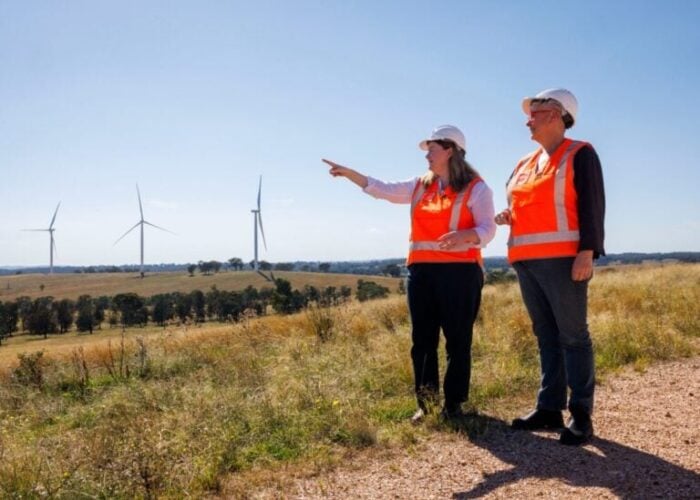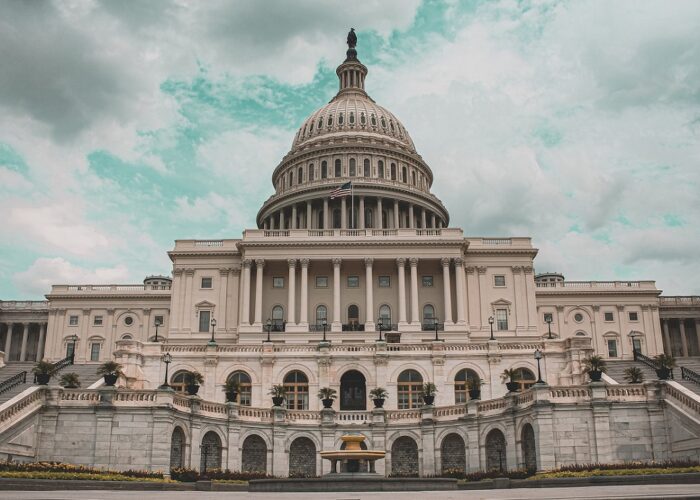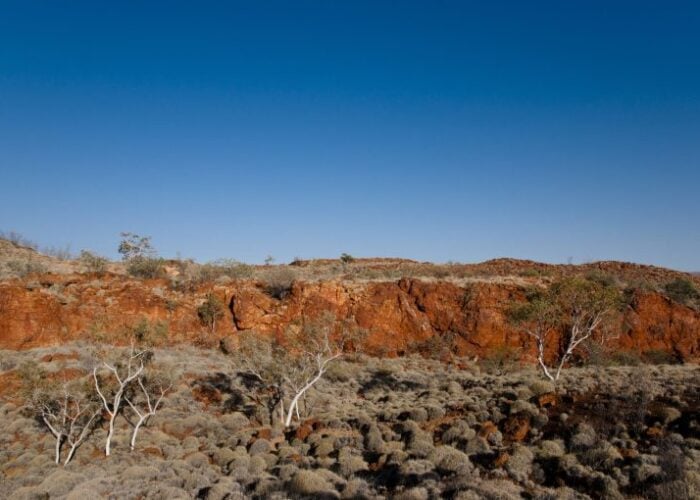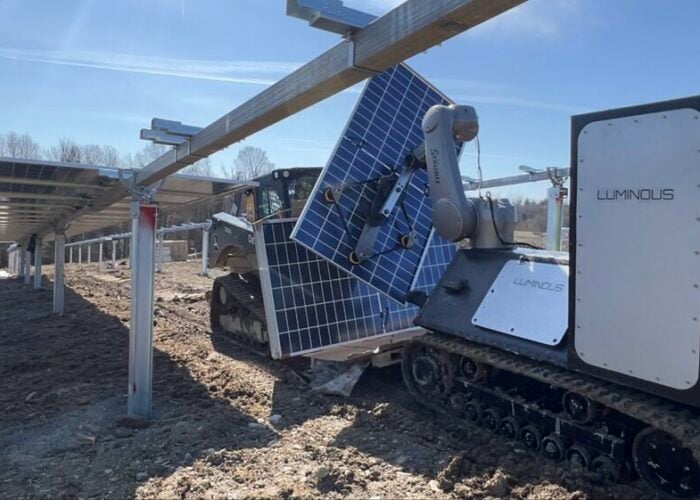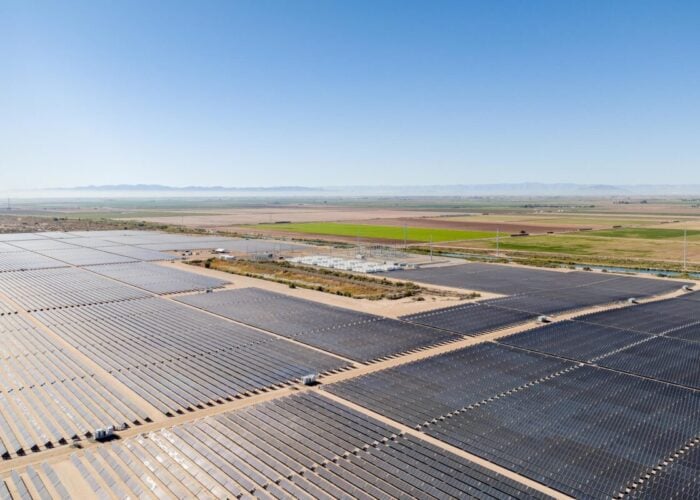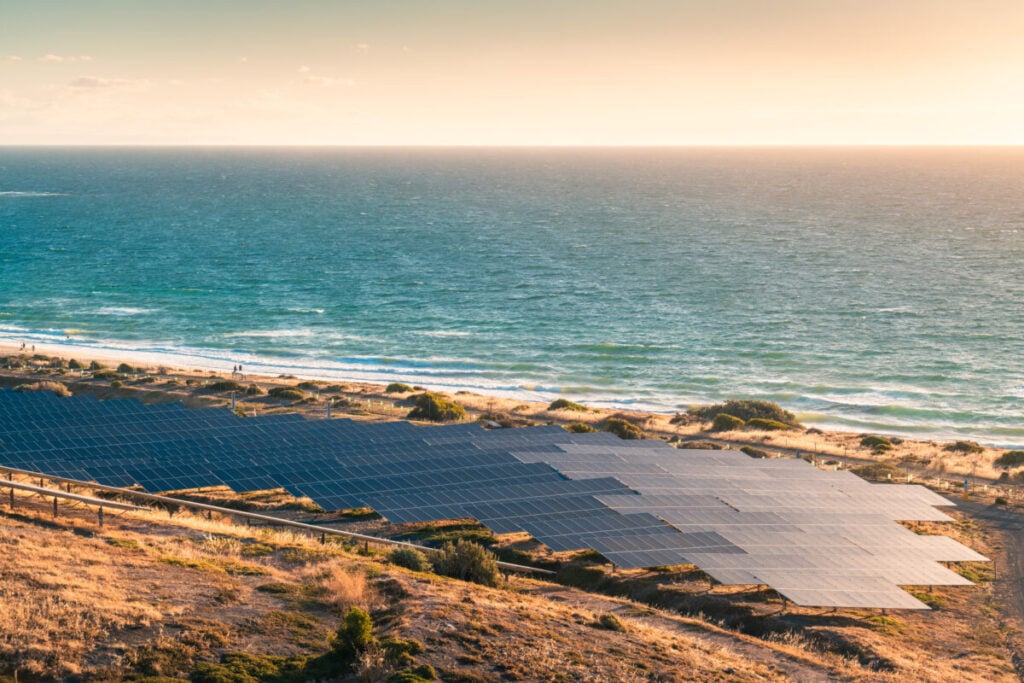
The Australian Energy Market Operator (AEMO) has said that, at the end of 2024, the connections pipeline for the National Electricity Market (NEM) stood at 49.6GW, up 36% year-on-year.
This is according to the organisation’s latest Connections Scorecard, which also indicated that around 18.1GW out of the 49.6GW figure were battery energy storage system (BESS) projects.
Unlock unlimited access for 12 whole months of distinctive global analysis
Photovoltaics International is now included.
- Regular insight and analysis of the industry’s biggest developments
- In-depth interviews with the industry’s leading figures
- Unlimited digital access to the PV Tech Power journal catalogue
- Unlimited digital access to the Photovoltaics International journal catalogue
- Access to more than 1,000 technical papers
- Discounts on Solar Media’s portfolio of events, in-person and virtual
Around 36% of this capacity was in New South Wales, 32% in Queensland, 21% in Victoria and 10% in South Australia.
This growing pipeline to connect to the NEM showcases progress in Australia’s renewable energy sector. Indeed, considering the NEM’s current total generation and energy storage capacity stands at 66GW, adding nearly 50GW of new capacity is a significant pipeline for the future energy supply.
This will also be seen as a boost, considering the question marks being raised about Australia’s coal phase-out, a form of generation the country has been reliant on. Although AEMO has predicted that 2038 will be the full withdrawal date for coal power stations, research group Cornwall Insight told PV Tech that it could operate beyond this and well into the 2050s.
Whilst there have been fears over the security of supply with the phase-out of coal, the figures shown in AEMO’s data could help these mitigate fears and help showcase the appetite for clean energy generation for the future, particularly with calls from Peter Dutton, the leader of the Liberal Party of Australia, for nuclear energy to be introduced to the electricity mix ahead of the federal election.
“Project registrations in the last six months are more than double those in the previous 12 months. This surge reflects the wave of application approvals in 2023,” said AEMO onboarding and connections group manager Margarida Pimentel.
“The scorecard data also reveals that 18.1GW out of the 49.6GW within the connections pipeline are battery projects, representing a 97% increase on the 9.2GW in progress during the same time last year.”
AEMO noted that it had made improvements from the Connections Reform Initiative (CRI) Streamlined Connections Process (SCP), which the organisation claims is continuing to improve the ease with which projects connect to the NEM.
“Improvements were trialled on energy projects via the Federal Department of Climate Change, Energy, the Environment and Water (DCCEEW) Summer Readiness Programme, the ongoing New South Wales DCCEEW programme and business as usual developments,” Pimentel added.
Solar PV leads Q4 2024 NEM registrations
AEMO reported that 20 projects completed the application stage in Q4 2024. Of this total, BESS accounted for 3,575MW, solar PV plants totalled 687MW, solar-plus-storage projects reached 200MW, and wind generation contributed 478MW.
In the same quarter, 11 projects were registered, including 831MW of solar PV, 440MW of wind, and 350MW of BESS. 52% of the registered capacity was in New South Wales, which recently set a new solar generation state record with a maximum output of 3,525MW on 21 January.
Australia’s NEM deemed ‘outdated and stalling investment’
Advocacy and engagement platform Clean Energy Investor Group (CEIG) recently suggested that the outdated NEM design is stifling investment in large-scale renewable energy generation projects in Australia.
According to new research released by the organisation, the nation needs to set the correct market settings to attract and coordinate AU$122 billion (US$75.9 billion) required for Australia’s shift towards renewable energy.
The CEIG’s Future Market Design Paper highlights several important issues with the current NEM system design. One notable finding is that if investments fall short of the Integrated System Plan’s projected requirements by 6–9%, there will be a substantial shortfall in renewable energy capacity, between 12-18GW by 2040 and 15-23GW by 2050.
This research comes as the Australian government launched a review of the NEM last year, aiming to identify how it will operate in the coming decades and facilitate the uptake of solar PV.

